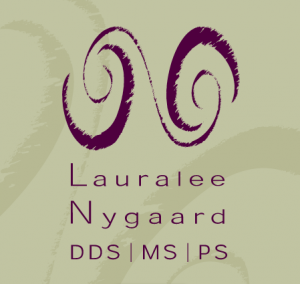
As a periodontist, I pride myself on healthy gums. I admit to only getting a prophylaxis when the schedule permitted. My home care most likely resembles what most dental professional do, brush twice daily with an electric toothbrush and flossing most days. In grad school, it was discovered I had a few 4mm periodontal pockets. However, my professors were not concerned and I was never diagnosed with periodontal disease.
Now fast forward several years. At age 37, after surviving an ischemic stroke of an unknown origin, my cardiac prevention clinic asked “When was your last dental cleaning?” I responded “Well, I am a periodontist but I don’t recall the specific date. I will check and get back to you.” To my surprise, it had been over three years. With this information, the cardiac nurse requested that I complete a MyPerioPath ® by OralDNA ® Labs. I thought this suggestion was ridiculous; I did not have clinical signs of periodontal disease. My cardiac physician then proceeded to insist I complete the MyPerioPath ® because there was not an explanation for my increasing vascular inflammatory markers. The fear of another stroke motivated me to complete the MyPerioPath ® saliva test as well as the genetic test for inflammation risk called Celsus One ™.
When I received the Celsus One™ results, I was not surprised to have confirmation I was at high risk for inflammation. With my history of cardiovascular disease, I had already deduced I was at a high risk for periodontal disease too, considering both cardiovascular disease and periodontal disease are both inflammatory diseases. However, my MyPerioPath® results sent my head spinning. I was harboring high levels of a periodontal pathogen Actinomycetemcomitans (Aa). This bacteria is associated with aggressive and severe infection in the periodontium. Aa is also linked to cardiovascular inflammation. I had two inflamed periodontal sites, this was a portal for Aa to potential “go systemic” and complicate my cardiovascular disease.
After my personalized therapy, I needed to know if the therapy worked. Six weeks after therapy, I had my cardiovascular blood work repeated and it was dramatically improved. I wanted verification that my bacterial risk was reduced so I conducted a post MyPerioPath®. Aa reduced from above the therapeutic threshold to below the detection limit. I periodically use the MyPerioPath® for monitoring of my bacterial profile and have been pleased to find that my bacterial levels continue to remain under control. I consider myself fortunate, to have achieved lower pathogen levels despite my genetics. I have treated several clients whose treatment and remission has been harder to achieve.
I started offering OralDNA® testing services to my patients after I saw the impact it had on my overall health. I believe the biggest benefit of using salivary testing is early diagnosis and prevention. This information is invaluable to help patients achieve good oral health and improved total health. As oral health providers we have an opportunity not just to clean teeth but also to save lives.
For more information on how to become an OralDNA Provider – scan HERE: 
- Periodontist Turned Patient - November 17, 2017
